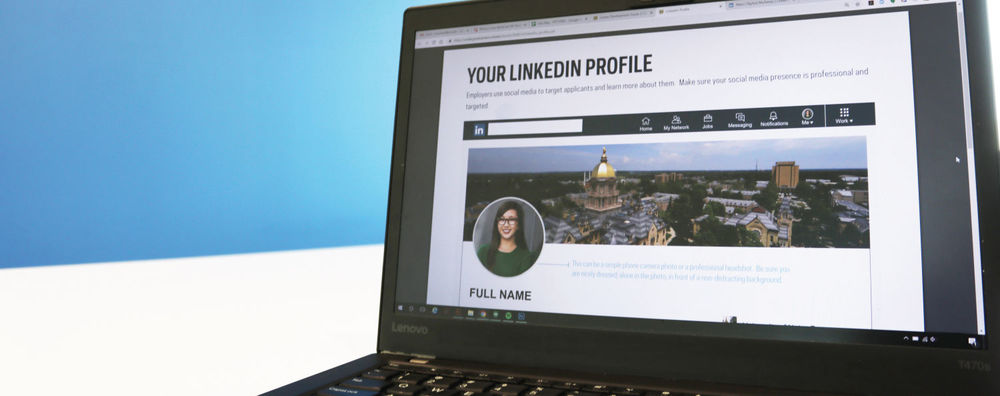
Most graduate students have created a LINKEDIN profile but, for many, that's as far as they've gotten. In this competitive economy, merely having an account isn't enough. It's time to learn the value of professional networking, and that begins with your online presence. Here are several "best practices" to get you started:
- LINKEDIN HELP GUIDE: Videos, articles, checklists and more
LinkedIn Basics
-
Maximize your Profile: Even if you already have a profile, make sure it's complete and that you've tailored it to your goals. Use this Profile Checklist to make sure you've included all of the basic elements. The information on your profile should frame your experience in terms of your career objectives. Also, make sure that your profile picture is effective (ex. The Perfect Profile Photo), you avoid the default tagline/headine, and your About section grabs a reader's attention.
- A Practical Guide to Powerful Keywords in Your LinkedIn Profile
- Establish a Network: "10 times your age" is the standard formula for determining the minimum size of your professional network on LinkedIn. It takes time to build your network, so start this process sooner rather than later!
-
Join Relevant Groups: LinkedIn groups are a valuable resource for networking activities. Participating in discussions with industry and discipline-specific experts helps establish your professional relevance. Not sure which groups to join? Here are a few ideas to get you started:
- Join the alumni group for your current institution and your alma mater (Notre Dame)
- If you're part of any professional associations, they may have a LinkedIn group you can join
- Look through these LinkedIn Groups for Academics and find a few that match your interests
- Joining groups also allows you to communicate directly with other members. This is a big perk, since you otherwise cannot send InMail to someone you're not connected to.
- Connect with Alumni: Use the LinkedIn Alumni tool to search for connections in particular fields, positions, and geographical locations. If you're interested in exploring a few different industries, searching for alumni can be an excellent way to identify contacts for informational interviews.
- Explore Jobs: Use the Job Search tool to harness the power of your network. LinkedIn can give you an edge in your job search and allow you to identify people you know at a company.
- Compare Salaries: The new LinkedIn Salary tool allows you to explore salary range by position, industry, and geographic location. This resource comes in handy when exploring potential careers or when negotiating your salary.